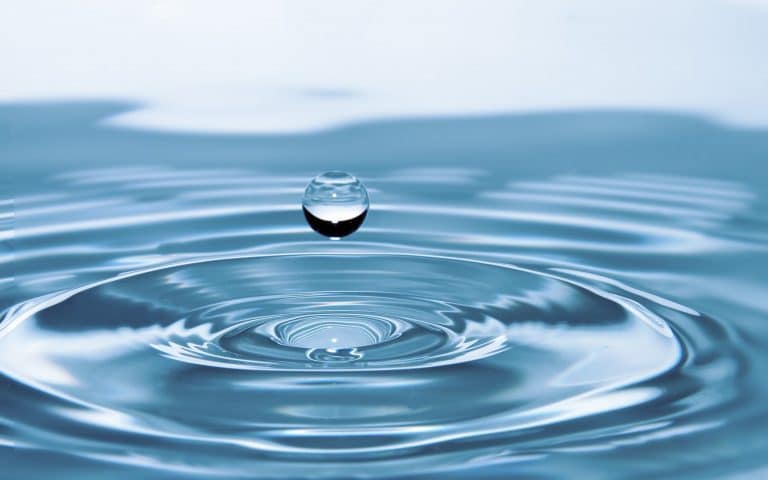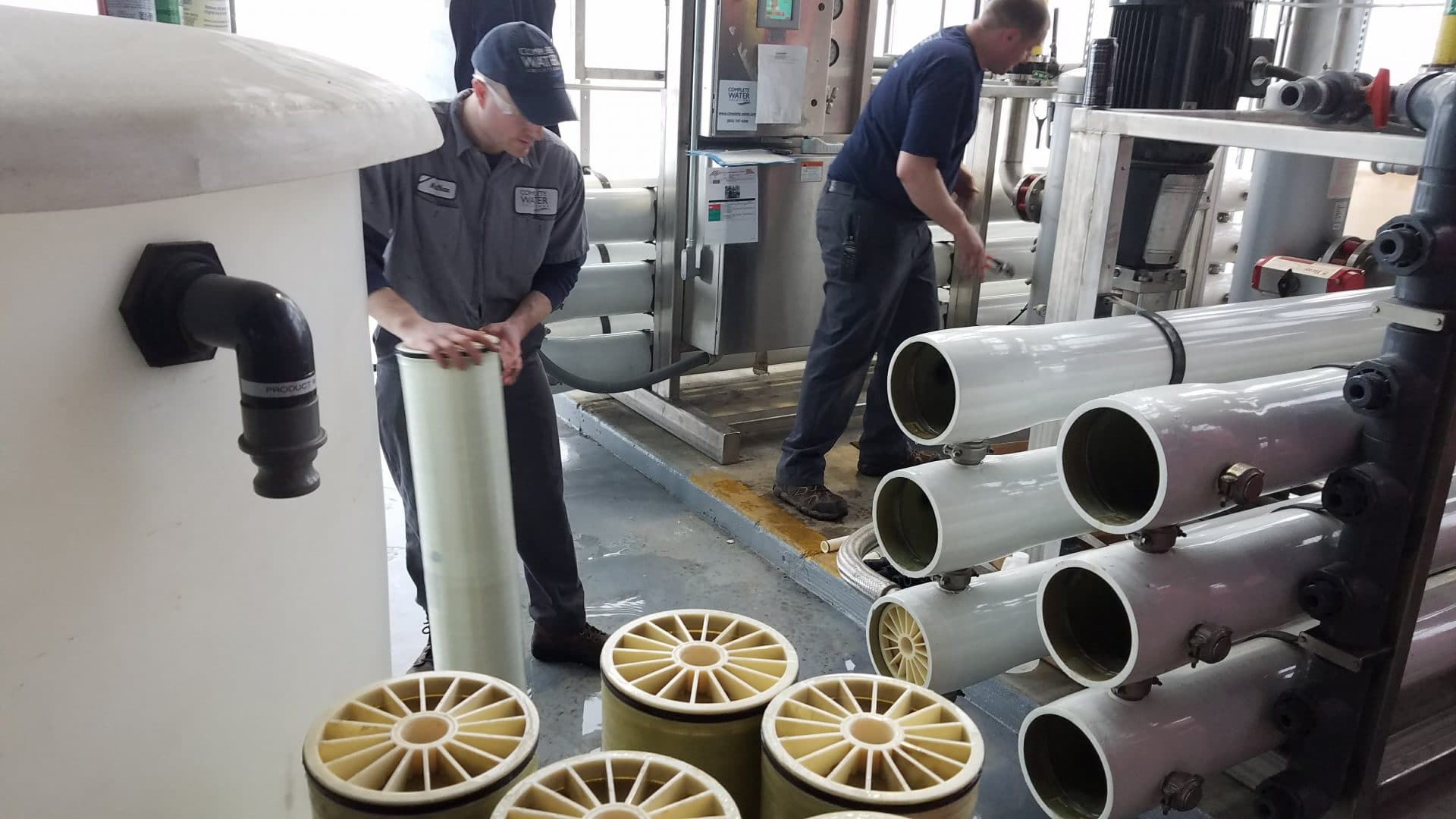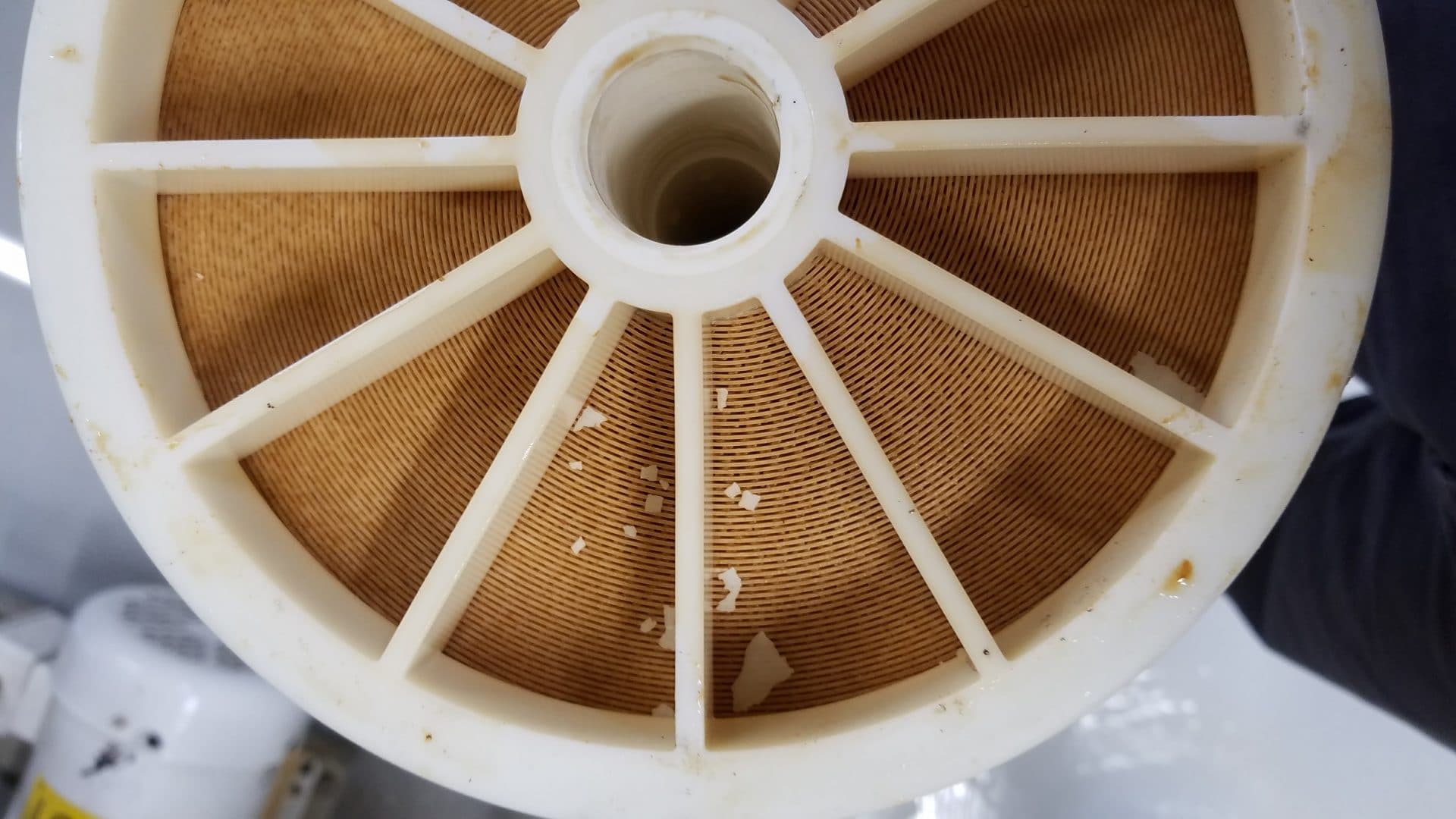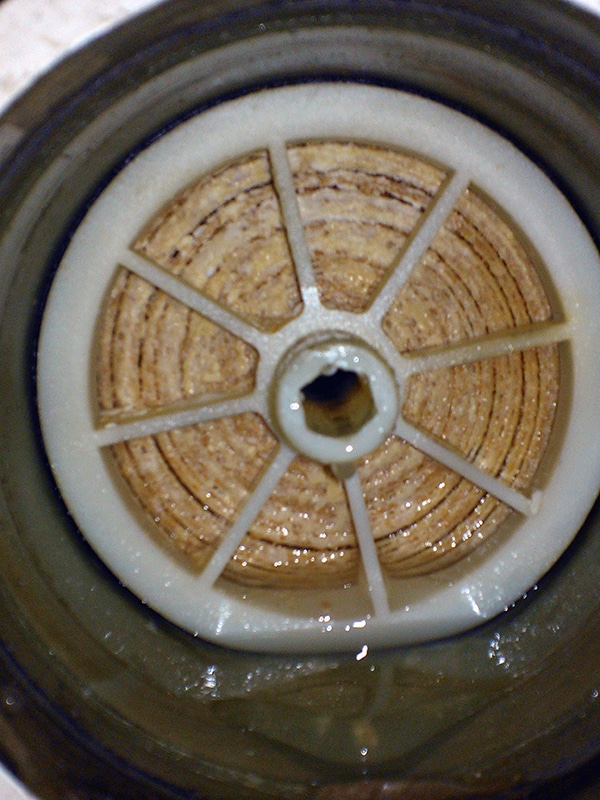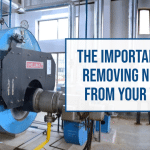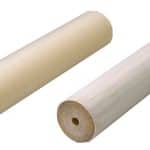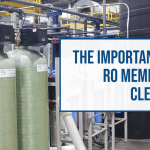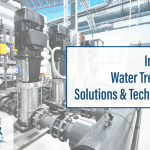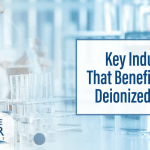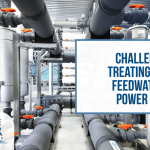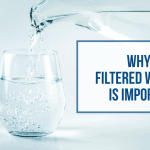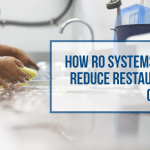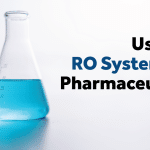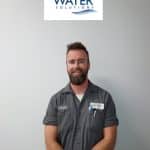What Else Do I Need With My RO System?
An Industrial Guide To What You Need In Front Of Your RO System
We start this post with a strong WARNING – We are providing this information as a general guide to diverse types of pretreatment required before a Reverse Osmosis Systems. Every Water Source & Situation Can Be Different – PLEASE CONSULT WITH YOUR WATER TREATMENT PROFESSIONAL. If you don’t have one or would like a second opinion, please don’t hesitate to contact us. (info@complete-water.com)
Reverse Osmosis:
Reverse Osmosis is the reversal of this natural phenomenon, by the application of external pressure on the solution that contains the higher concentration of dissolved ions, this forces water through the semi-permeable membrane in the opposite direction, leaving behind the dissolved ions and the suspended solids. In the reverse osmosis process, the water that passes through the membrane is commonly referred to as permeate, or product water, the water that remains behind the membrane along with the dissolved and suspended solids is referred to as the concentrate, brine or reject water. To learn more about theory of operation click here.
TESTING:
Tests, Tests and More Tests. Testing your water source can help with determining what will be required to properly treat your Reverse Osmosis System. Testing more than once can be beneficial in catching changes in the water source. But lets face it that doesn’t always happen. If your coming off of a private well you may not experience that large of a change. Municipalities may have several sources they pull from to feed the Town, Village, City. Most municipalities are willing to work with local businesses that may want to know the quality of water coming from its various sources.
Testing doesn’t just help in designing your Reverse Osmosis Process it also can help with determining what foulants maybe susceptible to the system. This can help in determining what cleaners for your RO membranes would be best for your water quality. This will help ensure the successful operation for many years to come.
Chlorine:
Chlorine also known as sodium hypochlorite and commonly known as bleach. Many municipalities chlorinate their water and some private well sources may chlorinate as well. Most RO Membranes in todays market are Polyamide (PA) / Thin Film Composite (TFC). These membranes do not have a high tolerance to chlorine. Most membrane manufactures limit the amount of Free Chlorine that Membranes can tolerate before degradation begins (you will ruin them). There are some membranes in the market place that can tolerate chlorine, one such example is Cellulose Acetate (CA). For the simplicity of this article we will take a look at common ways to reduce / remove chlorine before your Reverse Osmosis System.
- Carbon Filtration – one common way to remove chlorine from the feed water source is using carbon filtration prior to the reverse osmosis system.
- Sodium Metabisulfite – is a chemical that is used in the process to remove total and free chlorine from the water source. This chemical is typically injected prior to the RO System.
- UV – This is not a common way to break down chlorine but we at Complete Water Solutions have used it as such. The UV System has to be sized appropriately.
Hardness: (Calcium & Magnesium)
Calcium & Magnesium is commonly known in the water industry as “Water Hardness”. Hardness is the measurement of these two minerals in the water source. Water hardness will directly impact the performance of your RO System. Not to mention it can (if not treated) lead to irreversible damage.
Scaled Membrane That Was Damaged
Calcium and Magnesium are positively charged ions and tend to adhere to the surface. As the quantities build they will begin to participate out. This is due to most Polyamide membranes used in RO applications will carry a negative charge.
There are many ways to handle hardness we are going to discuss 2 of them:
- Water Softening – Water softeners exchange Calcium & Magnesium hardness ions for a sodium ion. Water Softener Resin holds a negative charge which attracts Calcium and Magnesium. Calcium and magnesium have a higher atomic weight which allows this process to exchange hardness for sodium. Sodium is easier to reject / remove from the RO Membrane. Water softeners typically are used on smaller systems as pretreatment.
- Chemical Treatment – There are a few ways to chemically treat the water prior to the RO System to help reduce scaling potential. One of the most commonly used chemicals is referred to as Anti-Scalant. Antiscalants will interfere with the precipitation reactions that take place. There are 3 common ways that antiscalants work 1.) inhibitor, 2.)modiciation, 3.)dispersion.
This concludes our first post on “What Else Do I Need With My RO System?” an An Industrial Guide To What You Need In Front Of Your RO System. We will continue this series talking about SDI – Silt Density Index and particulate filtration in front of your RO System.
Need More Info Or Help – Please Don’t Hesitate To Contact Us – We Are Here To Assist.
info@complete-water.com or (855) 787-4200
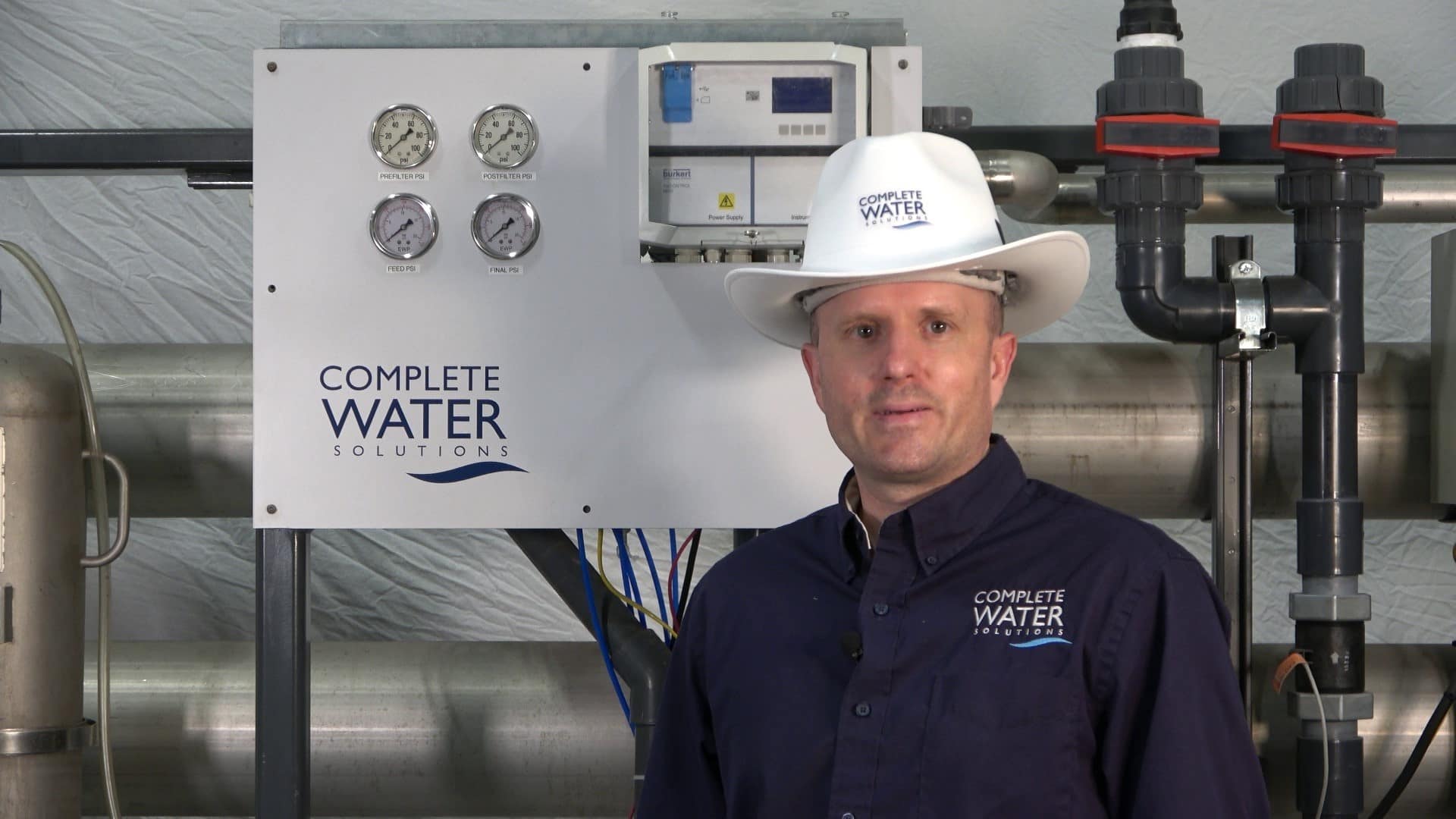
28 Year Of Water Treatment Equipment Experience. I have been blessed with the opportunity to learn from the ground up. Starting in the water treatment field as a service technician. Servicing all major brands of water treatment equipment. Give Us A Call (855) 787-4200 or Email info@complete-water.com


